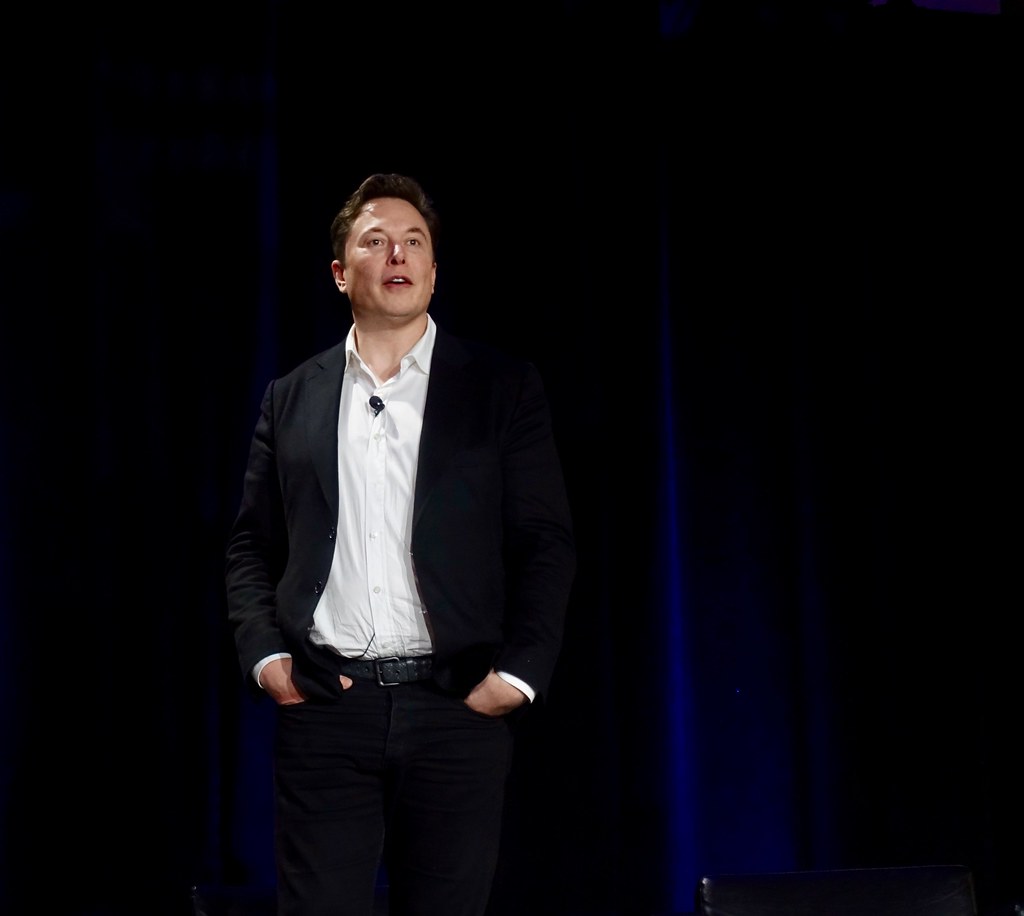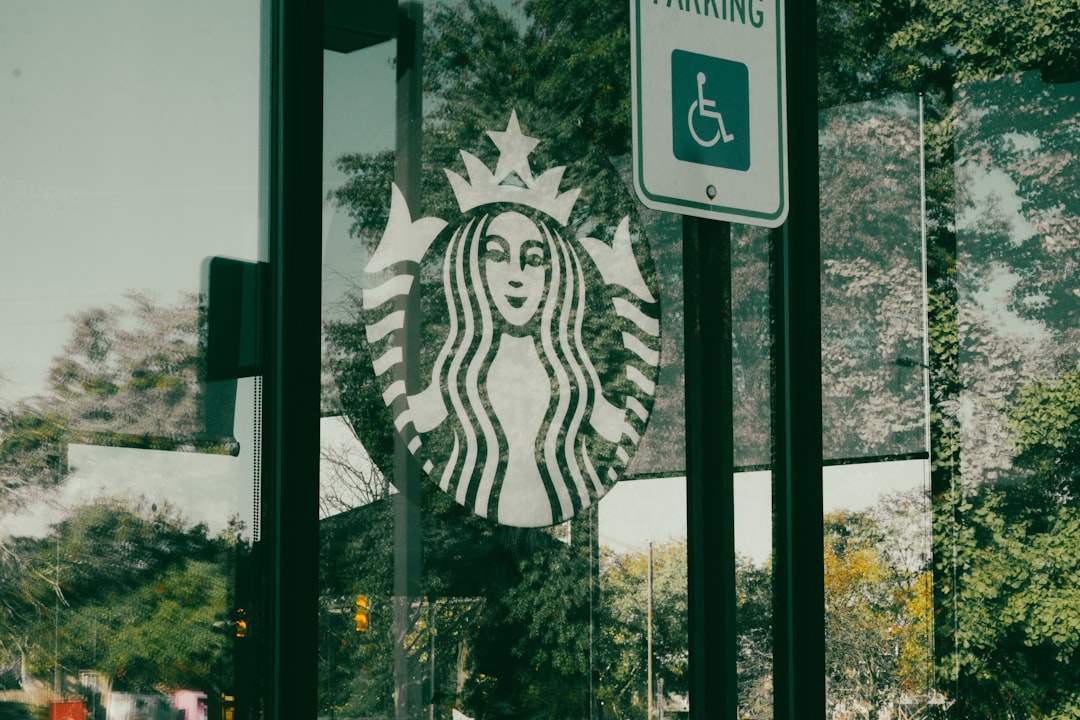Chick-fil-A Takes the Crown as America’s Efficiency Champion

While McDonald’s might have more locations worldwide, Chick-fil-A is absolutely crushing it when it comes to individual store performance. The chicken chain’s non-mall restaurants brought in $9.4 million in revenue on average in 2023, which is more than double McDonald’s average unit volumes of close to $4 million. Think about that for a second—a Chick-fil-A location makes more money than two McDonald’s combined, and they’re closed on Sundays! Over the past decade, Chick-fil-A has quadrupled in size to become the third-largest chain in America by sales, with only McDonald’s and Starbucks generating more annual sales. Chick-fil-A is only one of three restaurant brands in America with U.S. systemwide sales north of $20 billion. The secret isn’t just good chicken—it’s about doing fewer things exceptionally well instead of being everywhere at once.
McDonald’s Faces Growing Pressure Despite Its Massive Scale

The golden arches still reign supreme in terms of sheer size and global reach, but trouble is brewing beneath the surface. The number of low-income consumers visiting U.S. fast-food restaurants was down “nearly double digits” in the year’s first three months compared to 2024, with visits from middle-income consumers falling nearly as much. McDonald’s CEO described how “economic pressure on traffic has broadened” as people are “being more judicious about cutting back on visits”. McDonald’s faced criticism on social media after images of receipts and abnormally-priced menu items went viral, prompting CEO Chris Kempczinski to promise “affordability” going into 2024. Even giants can stumble when customers feel priced out of what used to be an affordable meal. McDonald’s had the highest sales of any U.S. fast food chain at over 53 billion U.S. dollars in 2023.
Starbucks Struggles to Maintain Its Coffee Empire Status

The coffee giant that transformed how Americans think about their daily caffeine fix is hitting some serious bumps in the road. Despite price hikes, Starbucks has struggled to show an increase in sales in recent quarters, leading the coffee chain to make drastic changes to its menu and business practices in early 2025, including reducing its menu by 30%. Starbucks made other adjustments to win over customers, like removing the extra charge for nondairy milk and offering free refills to those who choose to dine in-store. While McDonald’s may have recorded higher U.S. sales, Starbucks had higher levels of American customer satisfaction, coming third in a 2024 survey with a score of 80 out of 100. The brand is trying to balance premium positioning with accessibility, but it’s walking a tightrope between staying special and staying relevant.
Taco Bell and Dunkin’ Hold Strong in the Fast Food Rankings

These two brands have found their sweet spot by being really good at specific things rather than trying to be everything to everyone. McDonald’s, Starbucks and Chick-fil-A expectedly topped the list, with Taco Bell and Dunkin’ being fourth and fifth respectively, as the top three restaurant behemoths collectively generated over $100 billion per year. Taco Bell is fourth with $15 billion at the start of 2024. Taco Bell has mastered the art of making Mexican-inspired food that doesn’t take itself too seriously, while Dunkin’ has positioned itself as the everyday coffee choice for people who don’t want to pay Starbucks prices. Taco Bell is known for its Mexican-inspired menu and value meal options, with over 12,000 locations worldwide and a market share of 2% generating annual revenue of $5 billion in 2025. Both brands understand their audience and deliver consistently without trying to be fancy.
The Digital Revolution Powers Fast Food Growth

Technology isn’t just changing how we order food—it’s completely reshaping which restaurants survive and thrive. Over 60% of fast food orders are now being placed online or via mobile apps, reflecting changing consumer behaviors and the industry’s adaptation to emerging trends in the digital space. Chipotle’s digital sales surged by 216% year-over-year during the second quarter as the pandemic intensified, with digital sales making up $829 million, or 61%, of all Chipotle’s sales. With the tap of a few buttons, and paired with order pickup options, customers can pretty much forego the whole drive-thru or dine-in experiences as a whole, and now that the majority of the public have become accustomed to these digital ordering methods, it’ll need to be updated, streamlined and much more universal in 2024 and beyond. The chains that nail the digital experience aren’t just keeping up—they’re pulling ahead.
Subway’s Dramatic Decline from Sandwich King to Struggling Giant

Once the undisputed champion of quick sandwiches with locations seemingly on every corner, Subway is now facing one of the most dramatic falls from grace in fast food history. Subway lost a net of 631 U.S. restaurants in 2024, continuing a years-long slide, finishing the year with 19,502 domestic units and marking the first time the brand has been below 20,000 in about 20 years, down from a peak of more than 27,000 stores in 2015. Once known for having a store on nearly every corner, Subway has seen years of decline thanks to growing competition and changing tastes, as the “build your own” sandwich model started to feel old with newer chains offering fresher and more exciting options, plus major public image issues and franchisee frustration. The brand that practically invented fast-casual dining is struggling to reinvent itself in a world where consumers have way more options. Subway’s reliance on franchisee-operated stores has led to inconsistent quality, affecting its reputation, and recent attempts to revamp its menu and store design have not been enough to stem the tide of closures.
Pizza Hut’s Unexpected Troubles Hit Hard and Fast

Pizza Hut’s recent struggles seemed to come out of nowhere, catching both customers and industry observers off guard. Pizza Hut’s recent struggles seemingly came out of nowhere, with 19 locations abruptly closing in the summer of 2024, with those restaurants located in Ohio and Indiana and at least some of the closures tied to an ongoing legal battle between Pizza Hut and one of its franchisees. Struggles with franchised locations aren’t new for Pizza Hut, with its largest U.S. franchisee filing for bankruptcy in 2020, and without drastic signs of improvement, Pizza Hut could be in survival mode. Pizza Hut is a global pizza chain that offers a variety of pizza options and side dishes, with over 18,000 locations worldwide, holding a market share of 6% and generating annual revenue of $10 billion in 2025. The pizza wars have intensified with newer players offering better quality at competitive prices, leaving traditional chains like Pizza Hut struggling to justify their existence when customers can get fresher pizza elsewhere.
Wendy’s Aggressive Store Closures Signal Deeper Problems

The square burger chain is making some tough decisions about its future, and it’s not pretty for fans of the Frosty and spicy chicken sandwich. In November 2024, Wendy’s announced the closure of 140 outdated stores in underperforming areas, in addition to 100 closed in May 2024, with CEO Kirk Tanner saying “They’re just in locations that don’t build our brands”. Wendy’s now expects this year’s sales to range from flat to down 2% from 2024, a downgrade from its earlier forecast of 2% to 3% growth for the year. Wendy’s executives said traffic in the latest quarter fell, while the cost of supplies and labor rose. In 2025, Wendy’s holds a market share of 2% and generates annual revenue of $4 billion, with the company focusing on expanding its breakfast menu and digital ordering services to enhance the customer experience. The brand is trying to slim down to become more efficient, but closing hundreds of locations suggests they’re fighting for survival rather than planning for growth.
The Health Revolution Changes Everything

Americans are demanding more than just fast and cheap—they want food that doesn’t make them feel terrible afterward. With $399.2 billion in revenue in 2023, the fast food industry is responding to consumer demands for healthier options, with this shift in preferences pushing chains to innovate, creating a new generation of menu items that satisfy both convenience-seeking and health-conscious consumers. The plant-based food market’s retail sales grew from $50.32 billion in 2023 to $56.99 billion in 2024, and fast food chains are taking notice, with major players partnering with plant-based meat producers to offer vegetarian and vegan alternatives. There’s a rising trend toward healthier fast food options, including plant-based alternatives and menu items with reduced calories, sodium, and saturated fats. While everyone enjoys a good greasy burger or pasta dish loaded with cheese, the trend of substituting the unhealthy aspects of favorite dishes is on the up and up, with customers looking for healthier versions of foods they love using different oils, cheese alternatives, and organic vegetables. This isn’t just a fad—it’s a fundamental shift in how people think about food.
The Rise of Premium Fast-Casual Threatens Traditional Chains

The middle ground between fast food and sit-down restaurants is where the real action is happening, and it’s squeezing traditional fast food from both sides. Dutch Bros is one of the fastest-growing beverage chains in the U.S., opening a record 133 shops in 2022, with the brand ending last year with 671 locations systemwide and plans for at least 150 openings in 2023. Chick-fil-A continues to expand its presence, defying industry trends with its focus on quality service and community involvement, with the brand’s commitment to customer satisfaction and fresh ingredients cultivating a loyal following. These fast-casual concepts offer the speed of fast food with the quality and customization that customers increasingly expect. MOD Pizza is thriving with its customizable pizzas and community-focused approach, with the brand’s emphasis on creativity and inclusivity drawing a diverse customer base. Traditional fast food chains that can’t evolve beyond their original formula are getting left behind as consumers discover they don’t have to choose between quick and good.
Drive-Thru Evolution and Convenience Wars

The drive-thru isn’t just a lane anymore—it’s become the battleground where fast food wars are won and lost. In 2023, 40% of American consumers ordered fast food through the drive-thru. During the COVID-19 pandemic, 88.5% of respondents indicated that pickup or drive-thru was their most common method of acquiring fast food, compared to 8% who reported dining in alternative seating areas. The humble drive-thru is having a glow-up, evolving with technology and efficiency improvements. Convenience remains a key trend in the fast food industry, with brands focusing on speed of service, drive-thru efficiency, and seamless ordering and payment processes to meet the demands of busy consumers. The convenience factor remains a key driver, with 70% of consumers citing convenience as the primary reason for choosing fast food options. Chains that can get orders out faster, more accurately, and with less hassle are winning customers who might otherwise go somewhere else entirely.
What’s fascinating is how these changes are happening all at once—technology, health consciousness, and economic pressures are reshaping an industry that seemed unchangeable just a few years ago. The winners aren’t necessarily the biggest anymore; they’re the ones who understand what today’s customers actually want. Did you expect the fast food landscape to change this dramatically?






